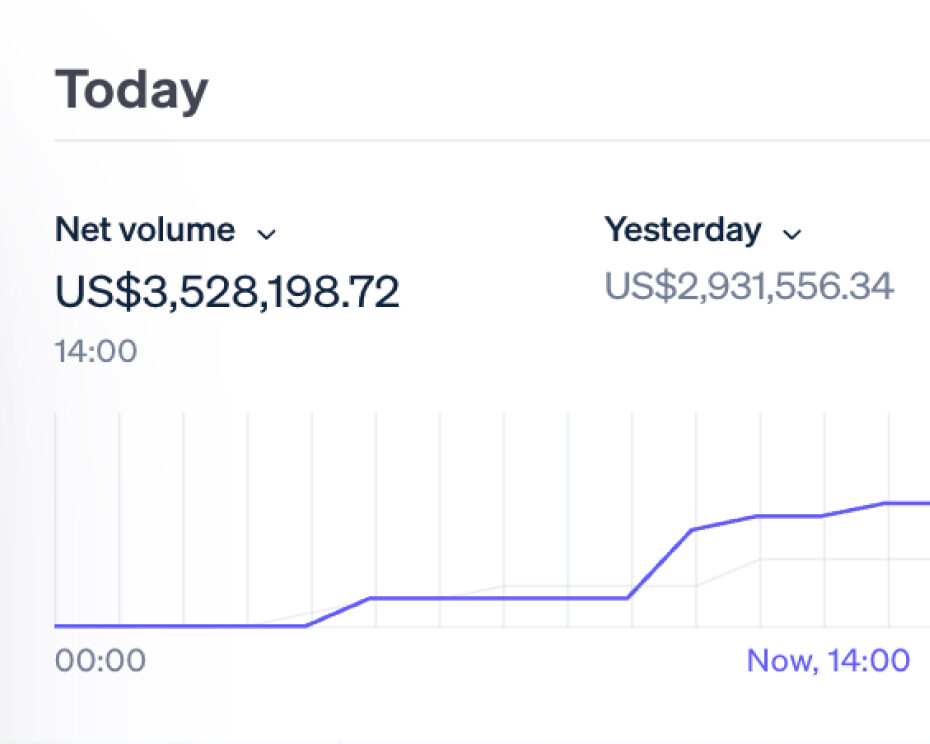How to maximize margins during peak sales season
The season brings with it a multitude of challenges from navigating increased competition to managing complex inventory levels. To succeed over peak season, retailers need to establish a competitive edge, attracting and retaining customers. The most effective way to achieve this is by getting pricing and promotions right.
Setting the scene
Against a backdrop of climbing global inflation, 2022 delivered a decidedly flat peak season. While US sales were up +5% compared to the peak period in 2021, global sales were tempered by weaker performances in Europe, Australia and New Zealand[1]. Even in markets such as the US where peak sales were up year over year, these gains were primarily driven by price increases, with prices up +5.3% worldwide compared to the previous year[2].
Taking a closer look at Black Friday, a key component of peak and the biggest promotional event of the year, sales in 2022 increased by +2.3% compared to 2021[3]. While even modest growth at a time characterised by significant market pressures is welcome, the scale and pace of this growth does not match pre-pandemic levels, reflecting a more reserved peak period and more cautious consumer spending.
So what can we expect this year? Although global inflation is decreasing, we are still teetering on the edge of global recession and in the US consumer spending is lower than it was a year ago across all age and income groups. In a recent survey by CNBC, 71% of retailers reported that they were concerned consumers would cut back on holiday spending this year, with 64% expecting this peak season to be the same or lower than last year.
Planning for peak with pricing and promotions
With conservative predictions for the 2023 peak season, retailers should be arming themselves with the right tools to maximise their profit margins and minimise margin leakage. Accurate inventory management becomes both increasingly important but troublingly tricky during peak season, as retailers balance supply and demand to prevent selling products at a loss due to overstocking or losing sales opportunities from understocking. With an accurate, up to date and comprehensive understanding of all aspects of their business’ pricing, retailers can optimise sales by implementing price changes which align customer demand with available inventory.
With customers already highly price-conscious, 67% of retailers expect customers to be looking for discounts during peak season[4]. Retailers can significantly influence purchasing decisions by setting competitive prices and offering attractive promotions over peak. With automated pricing, retailers can instantly and effectively identify products which can absorb price increases, permitting more strategic discounts and promotions elsewhere to ensure maximum gains while avoiding the margin erosion associated with arbitrary price changes.
Embrace intelligent pricing
As businesses aim to attract price-savvy customers this peak season, they need the ability to execute their pricing strategies seamlessly and the ability to pivot on a dime as spending patterns change.
With the Flintfox Intelligent Pricing and Rebates Engine, retailers can hit the right price at the right moment, every single time. Delivering real time pricing visibility across channels and markets, Flintfox’s pricing solution supports retailers through a critical season with swift, reliable and accurate execution that manual pricing cannot deliver.
As peak season rapidly approaches, now is the time for retailers to embrace intelligent, digital solutions to pricing and promotions.
[1] Holiday Results Salesforce 2023, [2] Holiday Results Salesforce 2023, [3] Adobe Analytics 2022, [4] CNBC Holiday Season Survey 2023
Powerful pricing software supported with deep experience
Flintfox gives you flexibility with your application, unprecedented speed and power from our pricing engine and support from our dedicated team.
